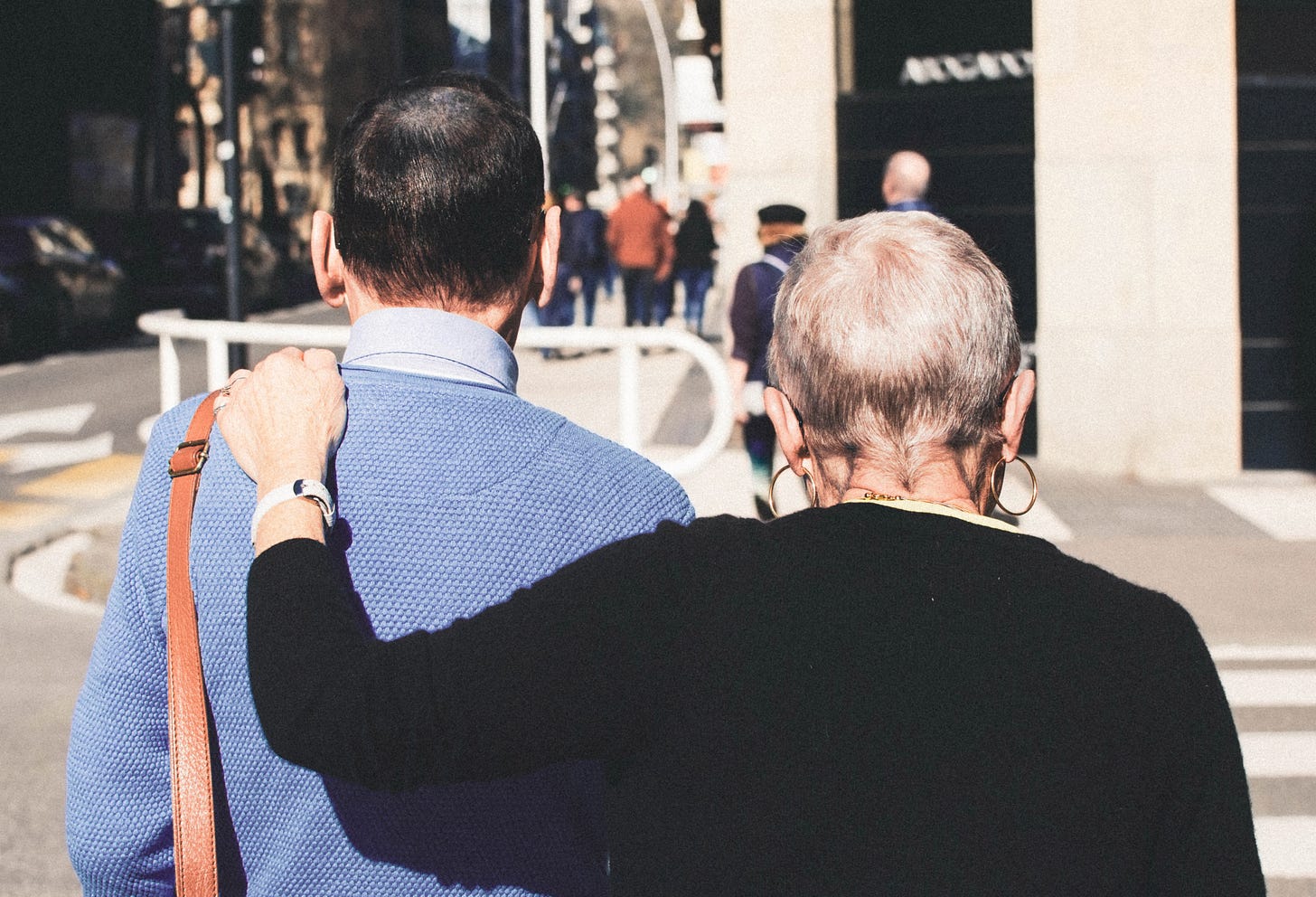
“So…what exactly is a peer specialist? Is it, like, a counselor? A social worker? An outreach worker? Oh, so you’re a professional friend!”
Defining this role is difficult. I’ve been searching for the most precise combination of words, the right “elevator pitch,” the one-liner that gets the point across. After three years, I can’t say I’ve got it yet. The closest I get to a fully-formed definition is this:
Peer specialists use their lived experience to support others in recovery.
Vague, but it’s a conversation starter. Luckily, I’ve got some space here to go a step further. We have to look at where this all started to understand where we’re at.
Where It All Started
The concept of peer support in America has been present since the 1970’s, although the movement is thought to have earlier beginnings in 18th-century France. During a time that would eventually become known as one of the most volatile periods of history for people in psychiatric care, former patients began to advocate for current patients still in treatment. Psychiatric treatment was primitive and oftentimes traumatic, offering cold, understaffed, underfunded “asylums” for anyone experiencing anything from mild depression and anxiety, to more acute ailments, such as schizophrenia.
The Original Peers
In response to a wide range of abuse — from electroshock therapy, to lobotomies and general mistreatment of those with mild to severe mental health needs — activist groups across the US began popping up, including groups of former patients known as We Are Not Alone, Insane Liberation Front, and The World Users and Survivors of Psychiatry, to name a few. Peer support activism can thank these groups which primarily began springing up across the east and west coast for advocating for patient rights and were key players in the Civil Rights Movement. All of these groups are considered what we know now as groups of “peers,” simply because they are former patients and/or survivors of mental health treatment.
Phew! Okay, we scratched some of the historical-surface of peer support there. But what does that all mean in 2020? How did a necessary, radical response to inhumane treatment become a formal and state-approved form of care?
From Activism to Collaboration
In the 1970’s, as former patients were released from institutions without adequate transitional care coordination, many of the aforementioned peer groups preferred a more autonomous identity; one completely unaffiliated with institutional care. However, about a decade later, peer groups began more collaborative relationships with government agencies, educating and informing care from a peer-perspective. Slowly, this became the catalyst for reform in traditional mental healthcare, and peers have begun to rise to legitimate roles in these workforces.
A League of Our Own
It’s not just companionship; peer support is an evidence-based practice that is legitimate to the recovery process. Now more than ever, traditional mental health recovery organizations are recognizing the need for peer support in the same professional capacity as social workers; while those roles can feel similar, there are some pretty important differences. Mainly, Certified Peers and Recovery Coaches have the express liberty to disclose their own lived experiences receiving psychiatric care for the purpose of inspiring hope and encouraging others who are in recovery to succeed.
In July of 2018, The Massachusetts Department of Mental Health announced a new service model to support adults who receive recovery care in the community and in group home settings, called ACCS (Adult Community Clinical Support) which included a standard increase in the presence and professional development of peers. While you don’t need to be certified to be considered a peer by definition, Massachusetts requires all persons hired to a peer specialist role to become certified within six months of hire.
This process involves attending a 5-week certification course that involves homework, two exams, an oral exam, and a strict attendance policy. Peers seeking certification are trained on topics ranging from cultural competency, to how to confront power, conflict, and integrity in the workplace, to trauma-informed care. Most importantly, peers learn how to use their lived experience intentionally to inspire hope, become change agents, and provide professional care to individuals.
This kind of intentional care training ensures that a new model of intervention is offered to all kinds of people in many different environments during their recovery, from hospitals to groups homes, and community settings. In the past, people in recovery were being supported only by one kind of treatment, with usually only one kind of provider.
This model says, “I’ve been there,” the way other, more clinical roles do not have the opportunity to offer. It says, “What happened to you?” instead of, “What’s wrong with you?” In one sentence, a patient goes from broken to something else entirely; human.
The workforce is ever-expanding and constantly evolving, but one thing is certain: We’ve come a long way from the days of “insane asylums” and overtly inhumane care, and the only way left to go is up.
Want to read more?





